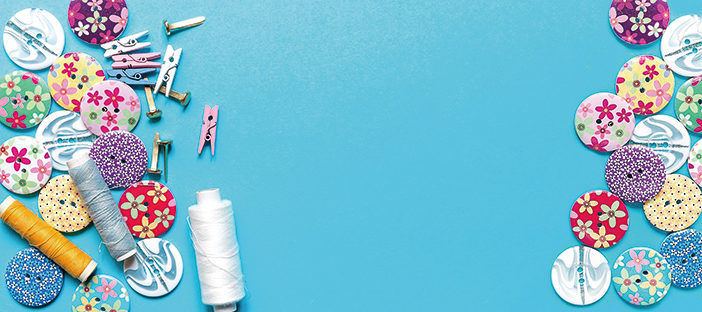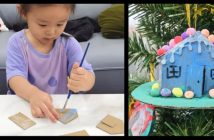When we hear the word “craftsmanship,” what do we think about? At first glance, it may emerge as an image of an old bearded man heating up a kiln to fire up a porcelain vase, or perhaps a dexterous woman making a pair of traditional leather shoes.
Craftsmanship, however, isn’t always about those dusty workshops hidden in mysterious locations. This idea can also be present right next to a pile of IB geography study notes on a student’s desk! And in this case, we bring you some distinct examples of craft-making by three teenagers from Beijing City International School (BCIS), as well as a step-by-step guide to accomplish one of them by yourself at home.
The World of Handcrafting
 Handcrafting is something that seems old-fashioned. But Grade 12 student Veronique C finds it to be an engaging activity that allows her to express creativity. She has taught herself more than ten types of needle and fabric crafting techniques within the past decade, and her products cover the techniques of quilting, machine-sewing, embroidery, Montari ball-making, and others, which are all done during her free time.
Handcrafting is something that seems old-fashioned. But Grade 12 student Veronique C finds it to be an engaging activity that allows her to express creativity. She has taught herself more than ten types of needle and fabric crafting techniques within the past decade, and her products cover the techniques of quilting, machine-sewing, embroidery, Montari ball-making, and others, which are all done during her free time.
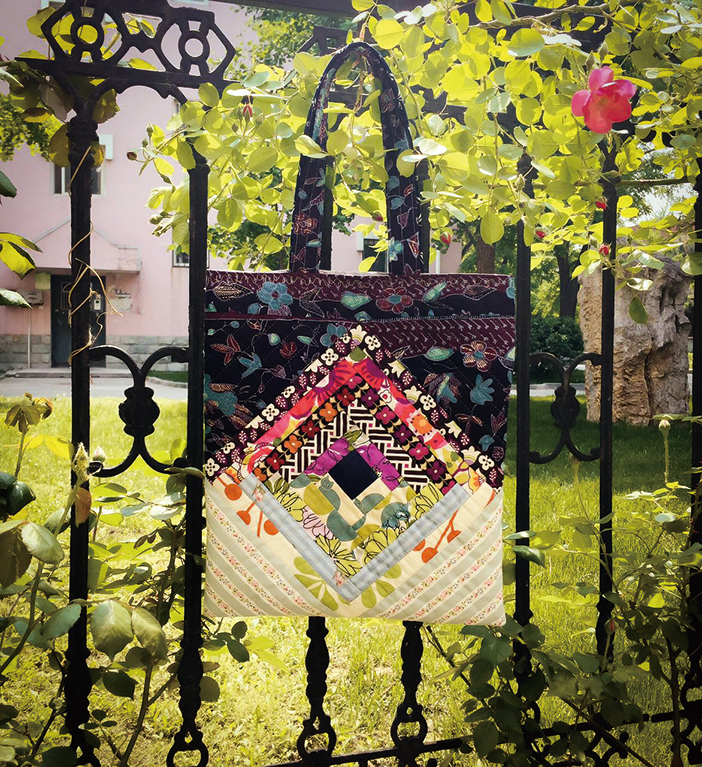 Veronique sees such crafting experiences as enriching and indispensable to her high school life. She even has taken it a step further by teaching a dozen old ladies how to create their own kanzashi flowers, a fabric craft from Japan. She hopes to one day teach her techniques to more people of all ages.
Veronique sees such crafting experiences as enriching and indispensable to her high school life. She even has taken it a step further by teaching a dozen old ladies how to create their own kanzashi flowers, a fabric craft from Japan. She hopes to one day teach her techniques to more people of all ages.
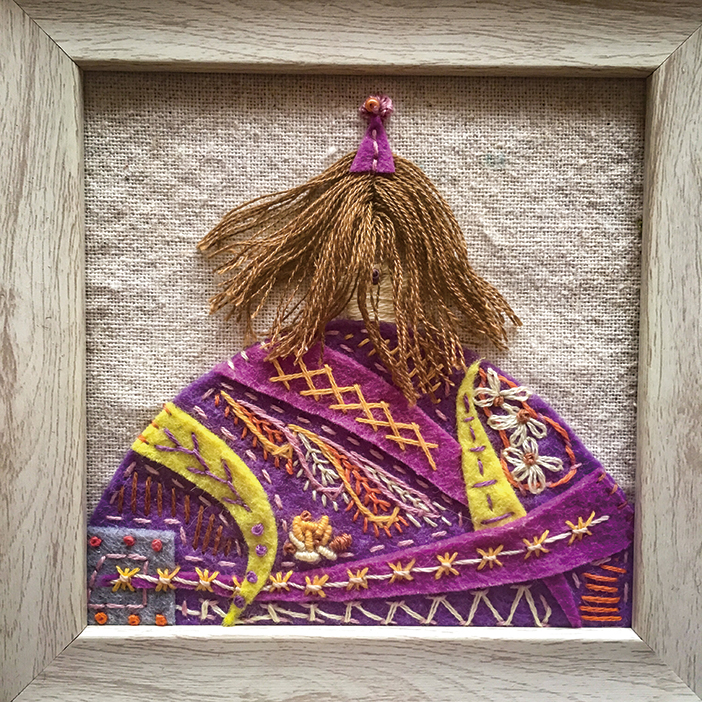 Here’s how to start your own journey into handcrafts
Here’s how to start your own journey into handcrafts
There’s a tremendous range of study resources about all kinds of handcrafting processes. Books, skillful elders, tutorials…but don’t feel frazzled! This comprehensive, simple website called www.purlsoho.com would be a good resourceful start.
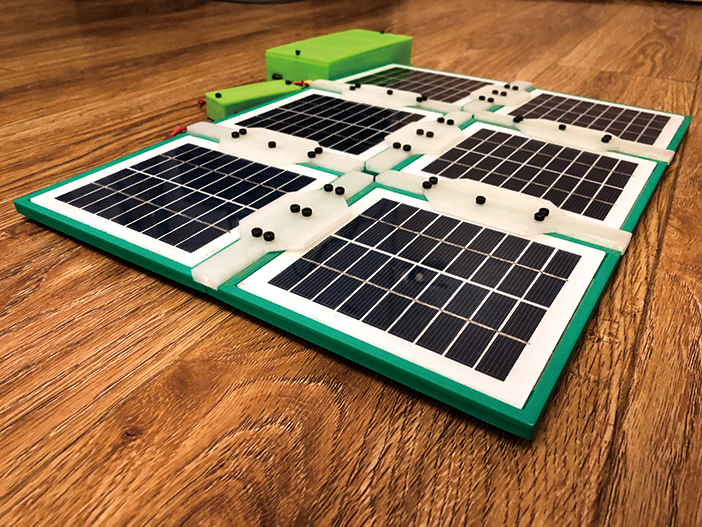 The Power of Solar Panels
The Power of Solar Panels
Craftsmanship extends far beyond the traditional needlework and into numerous other areas, including science and technology.
 Making DIY solar panels is far more interesting than the average person would think. Grade 10 student Tom S has been making his own solar panels for two years and is already deeply immersed in the wonder of this electric hobby. After all, these miniature materials enable us to generate a renewable and convenient energy source by harnessing power from the sun, leaving behind a greener planet.
Making DIY solar panels is far more interesting than the average person would think. Grade 10 student Tom S has been making his own solar panels for two years and is already deeply immersed in the wonder of this electric hobby. After all, these miniature materials enable us to generate a renewable and convenient energy source by harnessing power from the sun, leaving behind a greener planet.
And that’s exactly why Tom likes solar panels! This craft not only gives Tom the opportunity to practice his handiwork, but also challenges him to do something truly meaningful during his spare time.
The Art of Coffee-Making
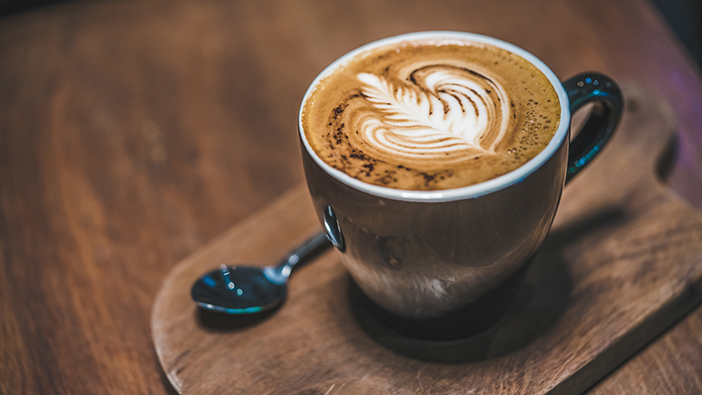 Coffee, without a doubt, is one of the most popular beverages in the world. So it’s no surprise that coffee-making is an art form with a cultural and historical importance.
Coffee, without a doubt, is one of the most popular beverages in the world. So it’s no surprise that coffee-making is an art form with a cultural and historical importance.
Making coffee is Grade 9 student Wallington L’s hobby and in the past five years, he has learned various types of coffee from around the world: traditional café mocha from the UK, caramel macchiato and café latte from America, Spanish cappuccino, and other general coffee knowledge grinding, brewing, and various flavors produced by coffee beans of different origins.
Much can be attained during the entire coffee-making process. More importantly, socializing with baristas who possess different cultures and knowledge can be very inspiring.
Here’s how to start your own journey into coffee-making
Wellington did not learn his coffee skills from any specific website, nor a specific place. However, he does advise people to visit baristas. Coffee shops are probably the best places to learn! Here is Wallington’s signature café mocha recipe, which you can sip while studying for your next big exam.
Ingredients
To make the perfect café mocha, you will need:
- 7-9g of freshly ground espresso
- 200ml fresh milk
- 2g of pure cocoa powder
- 1g of chocolate powder
- Whipped cream
- Swizzle stick
- And a cappuccino cup to fill with your delicious coffee product
Instructions
First, mix ingredients together. Carefully pour 2/3 of your prepared cocoa powder into a cup, followed by all the chocolate powder. Afterwards, heat the fresh milk up to 70 degrees Celsius and pour it into the cup full of delicious smelling powder. Then, mix the ingredients together with patience until the powder is fully dissolved within the milk. After that, you will need to brew a dark roast espresso into the cappuccino cup and make sure the coffee is running down the inner wall of the cup using your swizzle stick.
Garnish Your Coffee
Put an appropriate amount of whipped cream on top of the coffee that you have just brewed, in addition to the remaining 1/3 cocoa powder on top of everything as garnish. Next, carefully move your cup of coffee to anywhere you like and enjoy it after a long day of studying!

This article appeared in the beijingkids August 2019 Teen Takeover issue.

